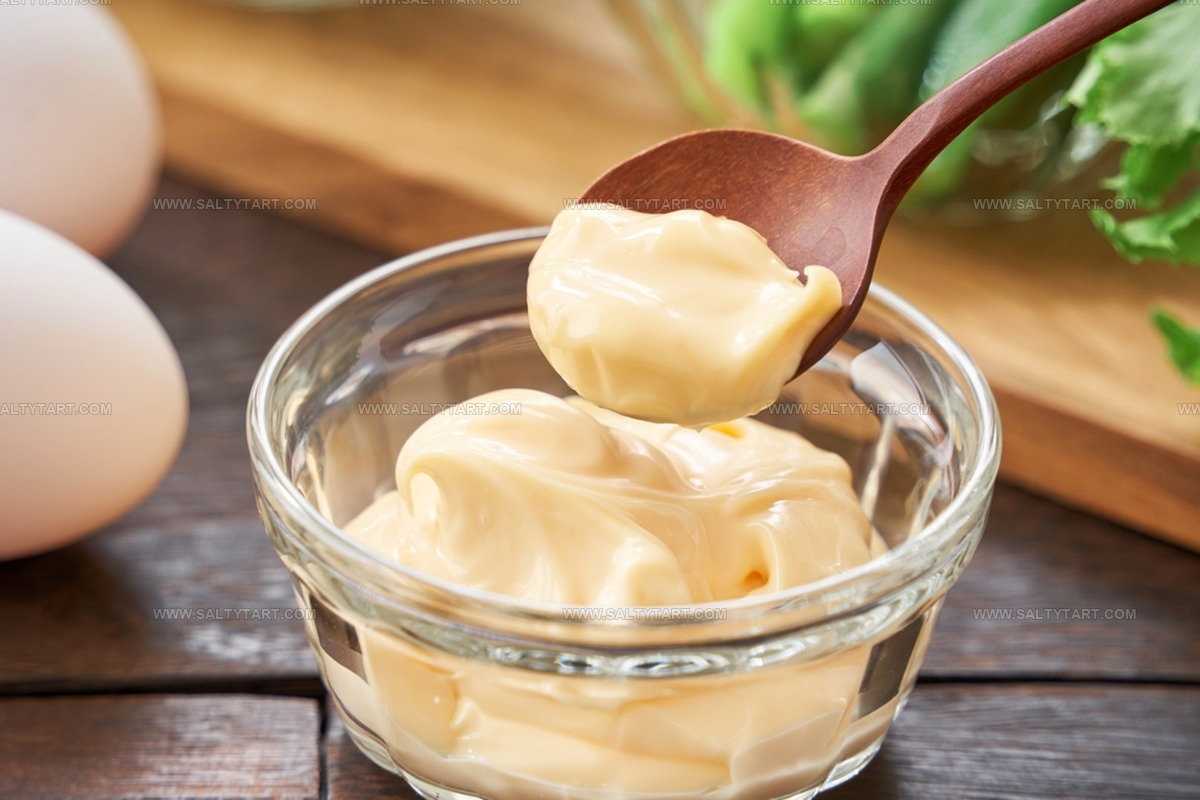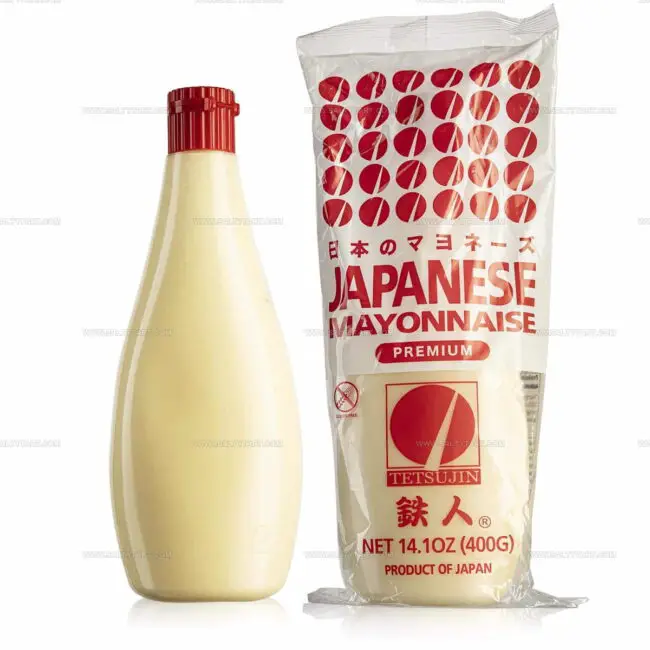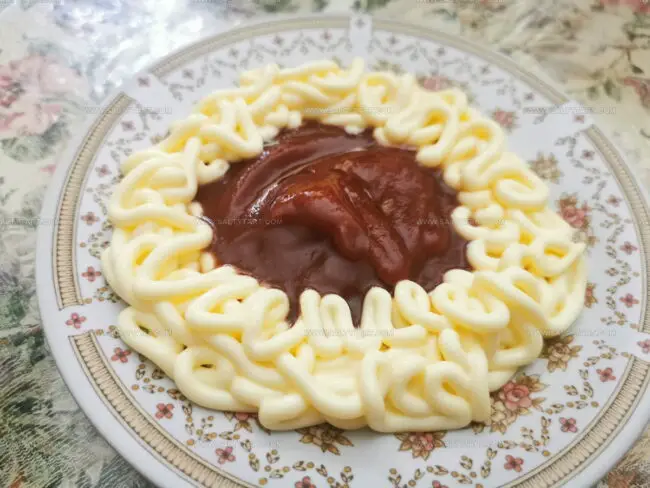3 Kewpie Mayo Substitutes That Add Umami Flavor
Kewpie mayo, a popular Japanese mayonnaise, is known for its rich umami flavor and creamy texture, making it a beloved condiment and ingredient.
When Kewpie mayo isn’t available, several substitutes can approximate its unique taste and consistency.
Mixing regular mayonnaise with a bit of rice vinegar or a touch of MSG can help recreate the signature umami kick.
Other Asian-style mayonnaises or homemade versions with egg yolks and a balance of sweetness and tanginess also work well.
These alternatives allow you to enjoy the creamy, flavorful qualities of Kewpie in sauces, dressings, and spreads.
With a few adjustments, you can bring authentic Japanese flavors to your kitchen even without the original product.
Learn how to craft or find excellent Kewpie mayo substitutes for your recipes.
Creative Ways to Use Kewpie Mayo
Rich umami from Kewpie mayo can bring life to sandwiches, dressings, and dipping sauces. Even simple meals feel upgraded with the right touch. Many creative uses are worth trying.
Kewpie Mayo Substitutes
Kewpie mayo stands out among Japanese condiments with its rich, creamy texture and slightly sweet flavor that many food lovers crave.
Regular mayonnaise mixed with a splash of rice vinegar and a pinch of sugar can create a decent substitute when authentic Kewpie isn't available.
Some home cooks prefer using Greek yogurt blended with a bit of mustard as a healthier alternative that still provides creaminess to dishes.
Asian markets typically stock other Japanese-style mayonnaises that closely match Kewpie's distinctive taste profile.
Most substitutions work well in recipes like sushi rolls, potato salads, or as dipping sauces for vegetables.
Regular Mayo
Substituting regular mayo for Kewpie requires just a few adjustments to match that distinct Japanese flavor profile.
Regular mayo contains whole eggs and white vinegar, while Kewpie uses only egg yolks with rice or apple cider vinegar, giving it that extra richness and umami kick.
The standard American version has a thicker texture with subtle sweetness and tang, making it a decent base for your modification.
For better results, add a pinch of MSG, a splash of rice vinegar, and a tiny bit of sugar to regular mayo - this combination helps mimic Kewpie's characteristic taste.
Make Your Own Japanese Mayo Asap
Substituting homemade Japanese mayonnaise for store-bought versions gives you authentic flavor with minimal effort.
Most ingredients needed for this tasty condiment- egg yolk, dijon mustard, vegetable oil, sea salt, dashi powder, rice vinegar, and lemon juice- are probably already in your kitchen cabinets.
Quality ingredients make a significant difference in the final taste, so selecting the best components will elevate your creation beyond ordinary mayo.
Refrigeration is necessary for proper storage, and the homemade version stays fresh for about four days after preparation.
Making your own Japanese mayonnaise not only saves a trip to specialty stores but also allows you to adjust flavors to match your personal preferences.
What To Notice When Replacing Kewpie Mayo in Sushi, Sandwiches, and Dressings?
Kewpie mayo is beloved for its rich, creamy texture and unique umami flavor, which comes from its use of egg yolks and a touch of rice vinegar. When replacing Kewpie mayo in sushi, sandwiches, or dressings, it’s important to consider both flavor and consistency to maintain that signature taste and mouthfeel. Substitutes may vary in tanginess, sweetness, and creaminess, so you’ll want to choose one that complements your dish without overpowering delicate flavors like raw fish or fresh vegetables.
Can Kewpie Mayo Substitutes Perform The Same In High-Heat Cooking Or Baking?
Kewpie mayo’s unique formulation makes it behave slightly differently than regular mayo under heat. When substituting in cooking or baking applications that require high heat, it’s important to consider how well the alternative emulsifies and holds up.





Jess Martinez
Contributing Recipe Writer & Nutrition Consultant
Expertise
Southwestern and Latin American cooking, Nutritional analysis and healthy recipe planning, Cultural food traditions, Modifying traditional dishes for better health
Education
Santa Fe Community College
Certificate in Culinary Arts
Focused on mastering the flavors and cooking methods of traditional Southwestern cuisine.
Jess’s love for bold, homegrown flavors led her straight into the world of Southwestern cooking and cultural nutrition.
After completing her Certificate in Culinary Arts at Santa Fe Community College, she made it her mission to show that good-for-you food can still taste incredible.
At saltytart.com, Jess shares vibrant, health-conscious recipes with roots in tradition but a fresh, modern twist. When she’s not testing new recipes, you’ll find her at local growers’ markets, tending her herb garden, or digging into food history books.